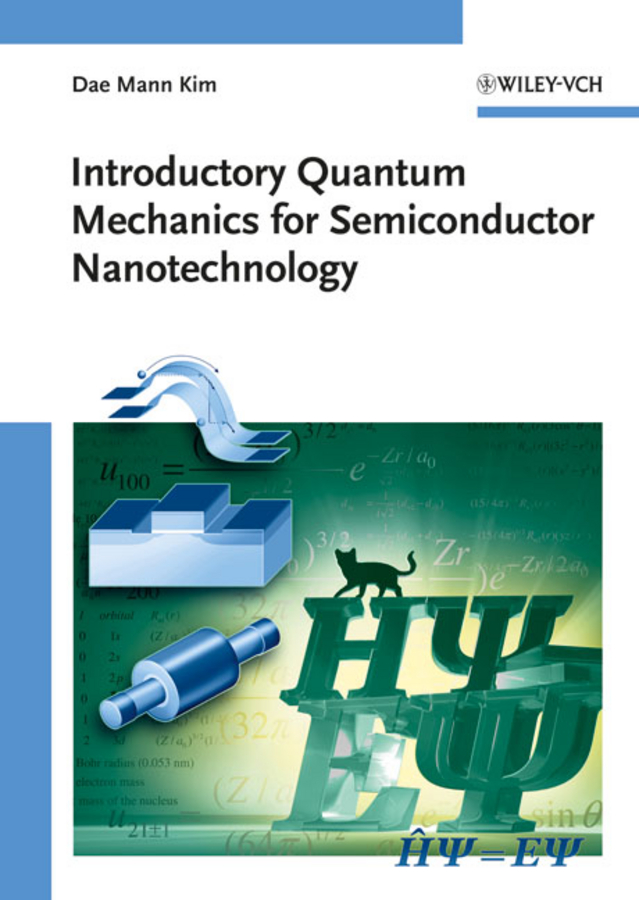
Approximately 30 universities in Korea have opened up nanotechnology related departments and a working set of national curricula is currently being developed for these departments. Within this, ‘Quantum mechanics for nanotechnology majors’ is one of the topics chosen by the Ministry of Education, Science and Technology and the Korean Nanotechnology Research Society for development. The current book has evolved from the nano education project as an integral part of the Korean Nano Technology Initiative. The book is built on (i) a compact review of classical and statistical mechanics and electromagnetism, (ii) the solid core of Schrodinger treatments of atoms and molecules, including essential ingredients of quantum chemistry and (iii) the applications to quantum electronics, electro-optic, micro and nano devices. Intended primarily for applied scientists and engineers, this introductory quantum mechanics book is particularly geared toward those students pursuing a multidisciplinary science and engineering education. Specifically, basic quantum chemistry and statistical mechanics are included, and micro and nano devices are treated from a unified view of interface physics and equilibrium and non-equilibrium statistics. The devices singled out for discussion include (i) the p-n junction as diode, photo-detector, laser diode, solar cell, etc. and (ii) bipolar junction transistors, metal oxide silicon transistors, the Schottky contact and diode. The ubiquitous role of tunneling in a number of semiconductor devices and the band theory of solids is stressed. The goal of the book is (i) to provide sufficient technicalbackground and motivation for students to pursue further studies of advanced quantum mechanics and (ii) to impart the importance of translating quantum insights into useful and tangible innovations and inventions.Dae Mann Kim is Professor of Computational Sciences, Korea Institute for Advanced Study. A physicist by training (PhD in physics, Yale University) but an engineer by profession, Kim started his teaching career at Rice University before moving to Oregon Graduate Institute of Science and Technology and later to POSTECH (S. Korea). He has over 25 years experience teaching quantum mechanicsto senior students from engineering, materials science and physics departments. In the last three 3 years he has been teaching quantum mechanics for nanotechnology to entering graduate students at the Advanced Institute for Nano Technology, Sungkyunkwan University, Korea. Collaborating extensively with industrial labs over the years, Kim offered short courses to working engineers at Samsung and LG while on sabbatical there. Professor Kim has served as the chair of the curriculum committee of the Korean Nano Technology Research Society, which is entrusted with writing textbooks on quantum mechanics, and nanoscience and technology. Kim has over 100 publications on the quantum theory of lasers, quantum electronics and micro and nano electronics. He is a Fellow of the Korean Academy of Science and Technology and has also served as Associate Editor of IEEE Transactions on Circuits and Systems Video Technology.
- ISBN: 978-3-527-40975-4
- Editorial: Wiley-VCH
- Encuadernacion: Cartoné
- Páginas: 464
- Fecha Publicación: 24/03/2010
- Nº Volúmenes: 1
- Idioma: Inglés
